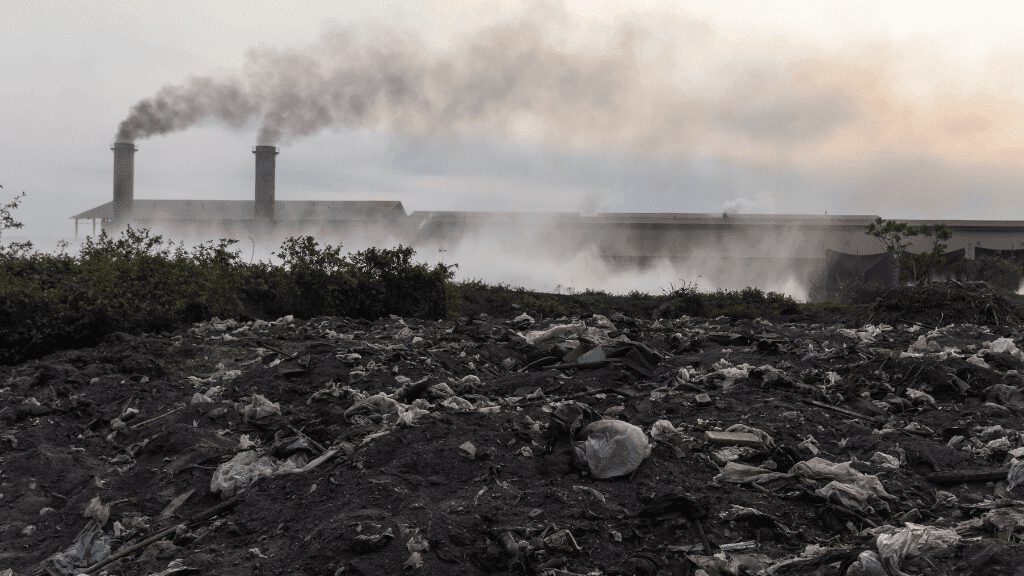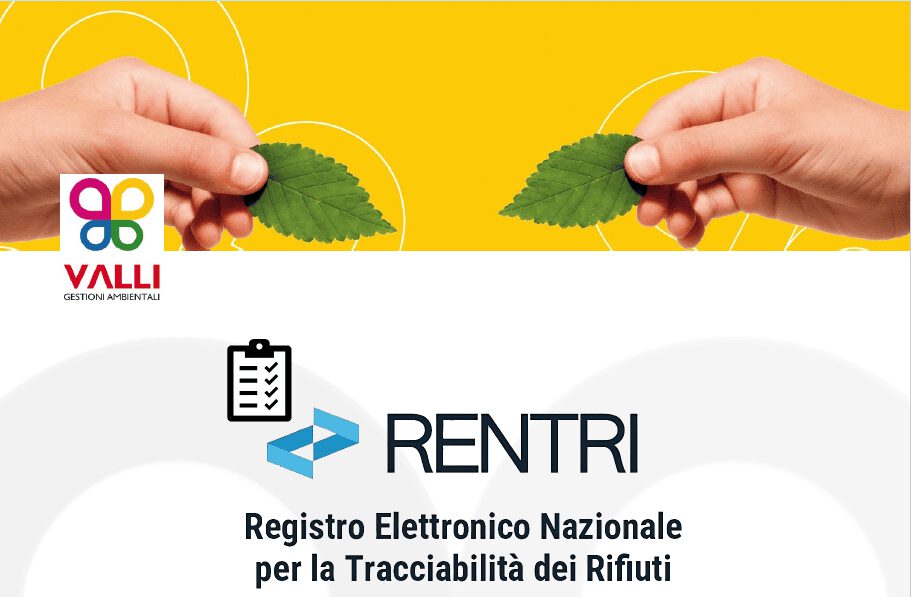The treatment and recovery of industrial waste is a fundamental area for the sustainability of industrial operations and for the protection of the environment. These also include asbestos.
With the increase in industrial production and the growing attention to environmental policies, companies are increasingly called upon to implement effective and innovative solutions for the management of their waste.
This article will explore current practices and emerging technologies in this area, giving business owners a comprehensive overview of how to optimize processes and reduce the environmental impact of waste such as asbestos, highlighting risks and solutions.
Industrial waste treatment
Industrial waste treatment includes a set of processes aimed at reducing, reusing, recycling or eliminating waste produced by industrial activities. The expression “industrial waste” generally refers to that category of special waste that also includes “waste similar to municipal waste”, distinct from conventional municipal waste.
The complexity of this waste, which can range from hazardous chemical residues to non-hazardous production waste, requires specific and highly regulated treatment strategies.
The first step: classification
Effective industrial waste management begins with proper classification, which is essential for determining appropriate treatment and recovery strategies. Industrial waste can be divided into two main categories: hazardous and non-hazardous.
This distinction is crucial for public safety, environmental protection, and compliance with current regulations.
Hazardous waste
Hazardous waste is defined by properties that make it harmful to human health and the environment. This waste can be flammable, corrosive, reactive, or toxic. Their management is governed by strict regulations due to their potential harmful impact.
- Flammable: Materials that can easily catch fire, such as some solvents and oils.
- Corrosives: Substances that can erode or damage leather, metal, and other surfaces, such as strong acids and bases.
- Reagents: Materials that can cause explosion or hazardous reactions when they come into contact with water, air, or other substances.
- Toxic: Substances that can poison or cause harm to health, such as heavy metals (mercury, lead) and certain industrial chemical compounds.
Hazardous waste management requires specific precautions, including proper packaging, accurate labeling, safe transportation, and treatment and disposal methods that neutralize its hazards. Businesses must follow strict protocols to ensure that this waste does not contaminate the environment or put public health at risk.
Non-hazardous waste
Non-hazardous waste, although less harmful than its hazardous counterparts, still requires careful management to minimize environmental impact. These include:
- Scraps from building materials: Such as wood, metal, and plastic, which can often be recycled or reused.
- Processing residues: Such as scraps of fabric, paper, and composite materials used in various industrial processes.
- Industrial organic waste: Derived from food processing or other industries that work with biological raw materials.
Although this waste is not classified as hazardous, improper handling can still lead to environmental problems, such as soil and water pollution, especially if it is disposed of in unregulated landfills or if it is not treated properly.
Recovering and recycling these materials can significantly reduce environmental impact and support sustainability practices.
The EER Code: A crucial tool for waste classification
The European Waste Code, also known as the European Waste Catalogue (EER) code, is a key tool in the classification of waste used in the European Union. It provides a system of codes that help identify the types of waste generated during various industrial and commercial activities, facilitating their proper management according to European environmental regulations.
The precise identification of the waste is essential for the subsequent recovery and/or disposal phases.
Further information is available on the EER code and can be found on the dedicated page of our website.
Treatment technologies
Industrial waste treatment technologies vary according to the type and hazardousness of the waste itself. Common methods include:
- Incineration: This process involves burning waste at high temperatures, turning it into ash, water, and exhaust gases. Incineration is particularly useful for reducing the volume of hazardous waste, but it requires emission control systems to mitigate the release of harmful substances into the atmosphere.
- Physicochemical treatment: Includes processes such as neutralization, chemical precipitation, and advanced oxidation, which are used to treat liquid waste containing pollutants.
- Biological treatment: Uses microorganisms to degrade organic substances into aqueous waste. This method is effective for treating less toxic and biodegradable waste.
Regulations and compliance
The management of industrial waste is strictly regulated at national and international level. The regulations aim to ensure that the treatment and disposal of waste does not compromise public health or the environment.
Companies must comply with strict standards and obtain the necessary environmental permits before implementing any waste treatment methods.
International regulatory framework
At the international level, several conventions and agreements regulate the management of industrial waste. Among them, the Basel Convention on the Transboundary Handling of Hazardous Wastes and their Disposal aims to reduce the movement of hazardous wastes between nations and prevent the deposit of such wastes in countries with less stringent environmental regulations. Other important agreements include the Stockholm Convention on Persistent Organic Pollutants and the Kyoto Protocol, which, although focused on climate change, has significant implications for the management of industrial waste, particularly those that release greenhouse gases during treatment.
National regulations
At the national level, each country implements specific laws and regulations that govern waste management. In the European Union, for example, the Waste Framework Directive establishes the waste hierarchy, which prioritizes the prevention and reuse of waste over recycling and disposal.
This directive also requires Member States to draw up national waste management plans and introduce extended producer responsibility schemes, which oblige producers to manage the life cycle of their products, including the final disposal phase.
Industrial waste recovery
Industrial waste recovery refers to the process of transforming waste into useful resources, such as energy or new materials. This helps to reduce the amount of waste destined for disposal, while also promoting the circular economy, reducing dependence on virgin natural resources.
Recovery methods
- Recycling: The process of transforming waste into new products. Recycling metals, glass, plastics, and paper reduces the consumption of raw materials, the energy required for production, and greenhouse gas emissions.
- Energy recovery: This involves converting waste into usable forms of energy, such as electricity or heat, through processes such as anaerobic digestion or gasification.
- Composting: Applicable to organic waste, it transforms biodegradable materials into compost used in agriculture to improve soil fertility.
Related economic and environmental benefits
The recovery of industrial waste is not only an environmentally responsible practice, but also represents a beneficial economic strategy that can transform environmental challenges into opportunities for growth and innovation. Let’s look in more detail at the economic benefits and social impact associated with industrial waste recovery.
- Reduced disposal costs
Companies that invest in waste recovery can significantly reduce the costs associated with disposal.
Disposal of waste, especially that classified as hazardous, can be expensive due to the high fees imposed to ensure environmentally safe treatment.
By implementing effective recovery techniques, such as recycling and energy recovery, companies can reduce the amount of waste going to landfills or incinerators, thereby reducing waste management costs.
- Revenue generation
Waste recovery can transform materials that would otherwise have been considered waste into valuable economic resources. Recycled materials, such as plastic, metal, glass, and paper, can be sold in secondary materials markets. In addition, some recovery techniques, such as anaerobic digestion or pyrolysis, produce energy in the form of biogas or oil that can be sold or used internally to generate energy, reducing energy costs and increasing resource efficiency.
- Job creation
The waste recovery industry is labor-intensive and requires a wide range of skills, from operational management to technical research and development. By investing in waste recovery, companies are helping to create new jobs in a variety of areas, including drawing lots, treatment, research and development of new recovery technologies.
This helps to reduce unemployment, while also stimulating the local and regional economy.
- Stimulation of technological innovation
The waste recovery industry is a fertile ground for innovation, as companies continually seek to improve the efficiency and effectiveness of recovery processes.
This stimulates research and development in new technologies and methodologies that can further improve environmental sustainability and economic efficiency. Innovations such as improving recycling processes, developing new biodegradable materials, and converting waste into energy are just a few examples of how waste recovery can drive technological progress.
- Positive impacts on the community and the environment
In addition to the direct economic benefits, waste recovery also has positive impacts on the environment and the community. By reducing the amount of waste sent to landfills, soil and groundwater contamination is decreased.
Reducing greenhouse gas emissions associated with waste disposal, particularly through energy recovery, contributes significantly to the fight against climate change.
Additionally, community recovery and recycling programs can raise awareness of the importance of sustainability and promote environmentally conscious practices.
Future challenges and opportunities
Despite the many benefits, industrial waste recovery presents challenges, such as high technological complexity and upfront costs for implementing recovery systems.
However, with increasing regulatory support and technological evolution, the opportunities to improve the effectiveness of waste recovery are increasing. Companies that invest in these technologies improve their sustainability and position themselves as leaders in environmental innovation.
Conclusions
The treatment and recovery of industrial waste is essential for companies that want to operate responsibly and sustainably.
Through the adoption of advanced technologies and compliance with environmental regulations, enterprises can turn an operational challenge into a strategic opportunity. For entrepreneurs, investing in these practices is not only an ethical duty, but a smart move that can bring long-term benefits for the environment, society and even the company’s bottom line.
Do you need to manage and dispose of industrial waste? You can request more information from our specialized consultants. Contact Now




